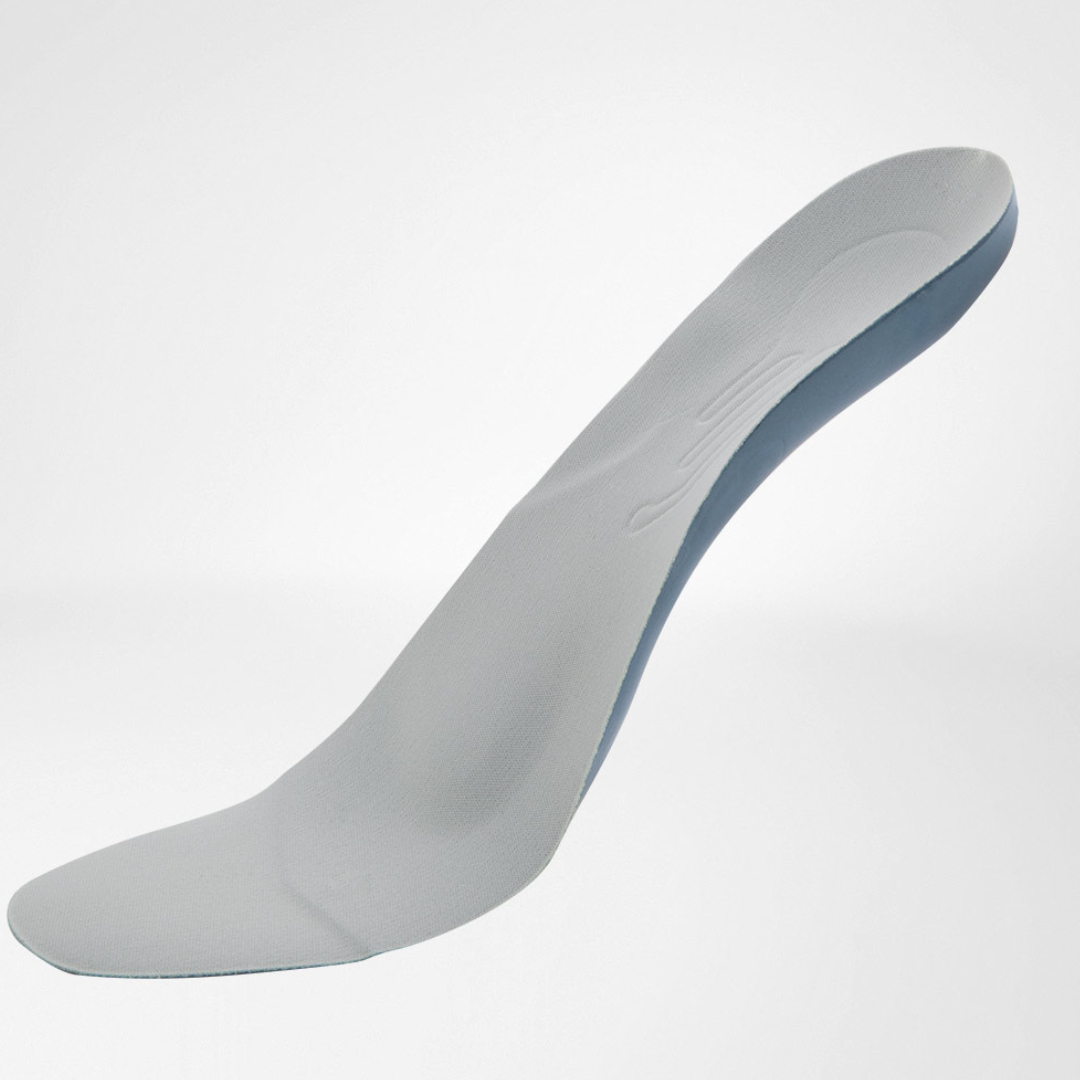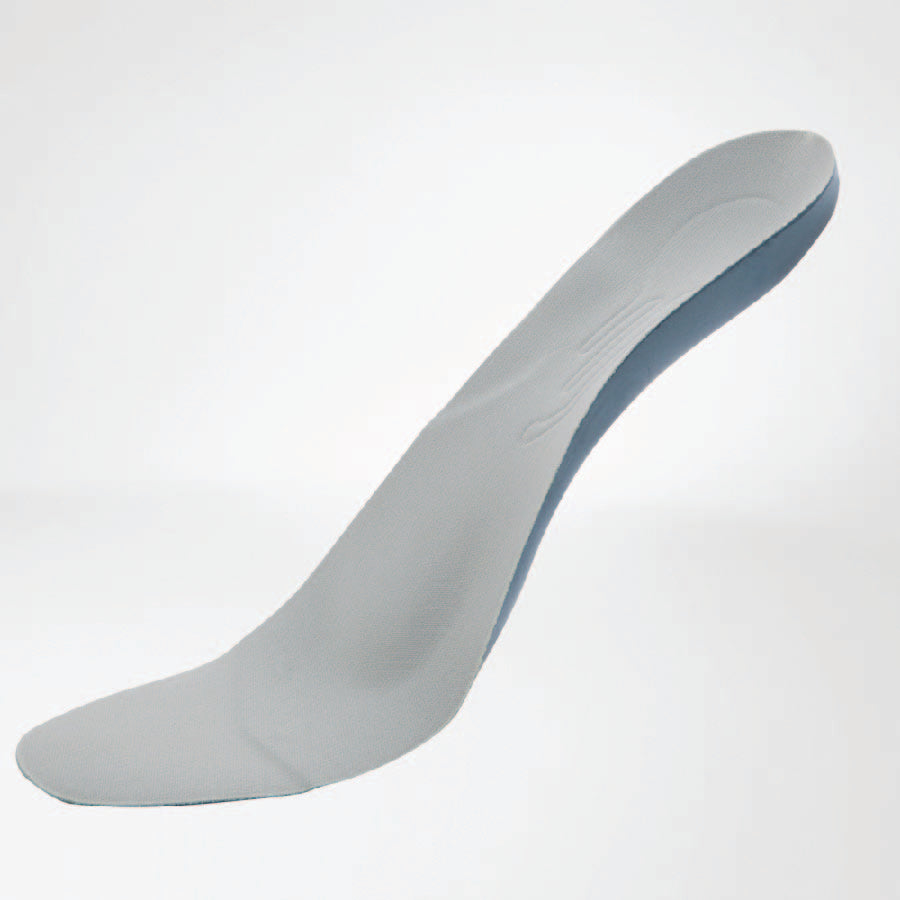Plantar fasciitis is a painful condition that occurs when the band of tissue that connects the heel to the toes (plantar fascia) becomes inflamed. This inflammation causes pain in the heel area, especially in the morning or after standing for a long time.
Fascia helps absorb and smooth out the shock and strain that occurs when walking or running.
Causes
- Overuse: Excessive physical strain on the feet, such as running, jumping, or standing on hard surfaces for long periods of time.
- Improper footwear: Narrow, tight, or inadequately supportive shoes can contribute to the development of plantar fasciitis.
- Flat feet: A lowered arch in the foot can cause uneven pressure on the heel.
- Age: Age-related changes in connective tissue and tendons can contribute to the development of plantar fasciitis.
- Obesity: Excess weight puts extra strain on your feet.
- Inflammatory processes: Chronic inflammation in the plantar fascia can contribute to the formation of calcific deposits.
Solutions
- Rest: Reduce stress on your feet, avoid prolonged standing and physical activities that aggravate the pain.
- Ice packs: Apply ice packs to the painful area several times a day to reduce inflammation and pain.
- Painkillers: Use over-the-counter painkillers, such as ibuprofen or paracetamol.
- Redux Heel 2 Orthotic Insoles : Helps relieve plantar fasciitis pain by providing additional support to the heel and reducing pressure on the inflamed area. The insoles help distribute body weight more evenly across the foot, reducing pain and promoting faster recovery.
- Physiotherapy: Perform exercises to strengthen the foot and lower leg muscles, as well as stretch the plantar fasciitis.
- Corticosteroid injections: In more severe cases, your doctor may recommend injecting corticosteroids into the painful area to reduce inflammation.
- Shockwave therapy: This technique uses high-energy sound waves to stimulate tissue repair and relieve pain.
- Surgical intervention: If conservative treatments do not help, surgery may be necessary.
Important: If you have heel pain, consult a doctor or physical therapist for an accurate diagnosis and an individualized treatment plan.
Prevention:
- Wear orthopedic insoles
- Wear comfortable shoes with good support.
- Regularly perform light stretching exercises for your feet and lower legs.
- Maintain a healthy weight.
- Avoid excessive strain on your feet.
Note: This is only a general overview of the causes and solutions for plantar fasciitis. Each case is individual, and only a doctor can provide an accurate diagnosis and recommend the most appropriate treatment.







